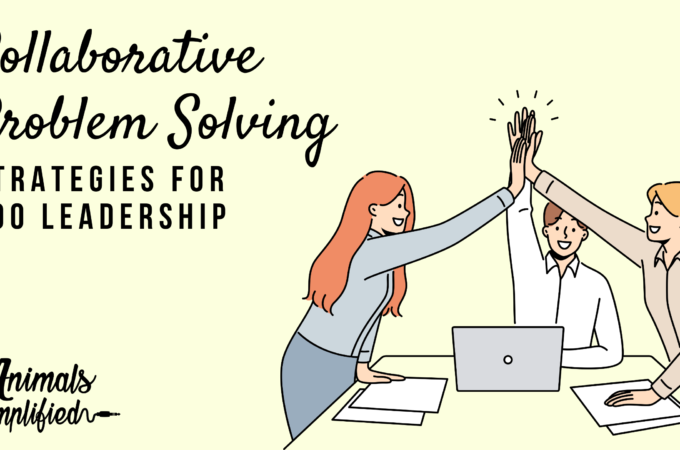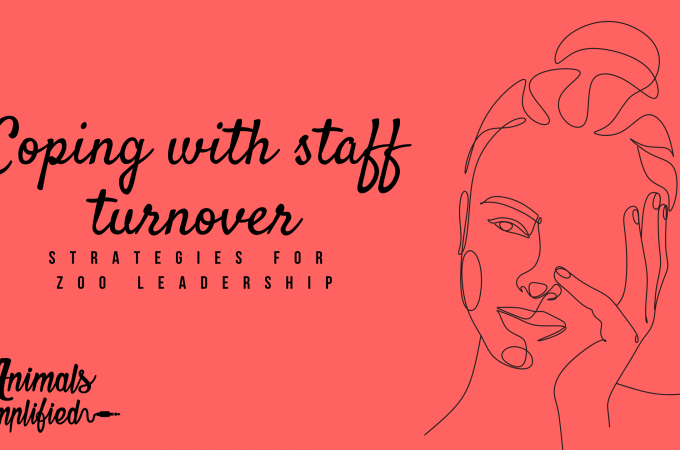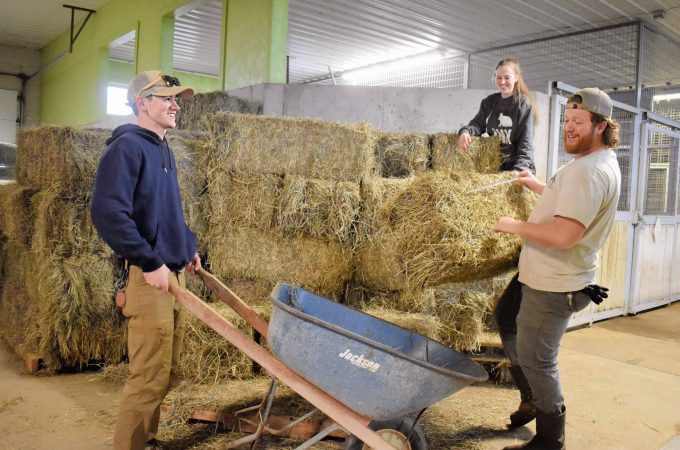
The Science behind it: from foot baths to cues
Alright nerds, let’s get nerdy.
I’m a sucker for things like the “science behind it.” I got spurred by this the other day because I gave one of my animals forage enrichment. A simple box with a meatball inside. I also gave her a meatball for shifting in to her habitat.
This is what ensued.
This is a great example of contrafreeloading. The phenomenon that occurs when animals prefer to work for their food over getting it for free.
The concept of contrafreeloading got me thinking about availability of resources. I got all sorts of excited about this when I read “What A Fish Knows” by Jonathan Balcombe when he described a study about cleaner wrasse who preferred to “service” new customers to the cleaner wrasse car wash first and let established customers wait in line. The fish somehow knew that the “old” customers would be more patient because they knew the service was worth it and the new customers required excellent service to stick around. They tested this in the lab and replicated this study in other animals using two different colored plates, the red plate is removed if you eat from the blue plate first, but if you eat from the red plate first the blue plate stays. Fish outsmarted most apes.
But it doesn’t stop there, I geek out about the science behind cues as well and that rolls over in to how I train. I’m not always good at it, but I try really hard to not “recue” an animal over and over again. My cue is just as powerful as my bridge. Each time I say “sit” and the animal sits, it’s paired with food, so eventually “sit” becomes a secondary reinforcer and if I say “sit” too many times without backing it up with food, it starts to loose its value.
Imagine the neighbor who’s screaming her dog’s name repeatedly and the dog isn’t coming and doesn’t even seem to know its name. (P.S. I might be your neighbor if this sounds familiar). That cue has lost its power.
Lastly, the science behind foot baths is still a mystery to me. Read any disinfectant bottle, almost every single one has a contact time of 10 minutes and that’s AFTER any organic material has been removed. So if I leave the giraffe barn covered in giraffe poop and go walk through the foot bath at baboons before entering the building, I’ve essentially done nothing but soiled the foot bath with a bunch of organic material. Now I’m not knocking the need for biosecurity, but I just don’t think our current methods are actually accomplishing the goal.
At my current facility we encourage our keepers to ask for the “why?” Why do we do that? Why do I need to do it that way?
So don’t hesitate to ask yourself, “What’s the science behind this?” and make sure it makes sense!





